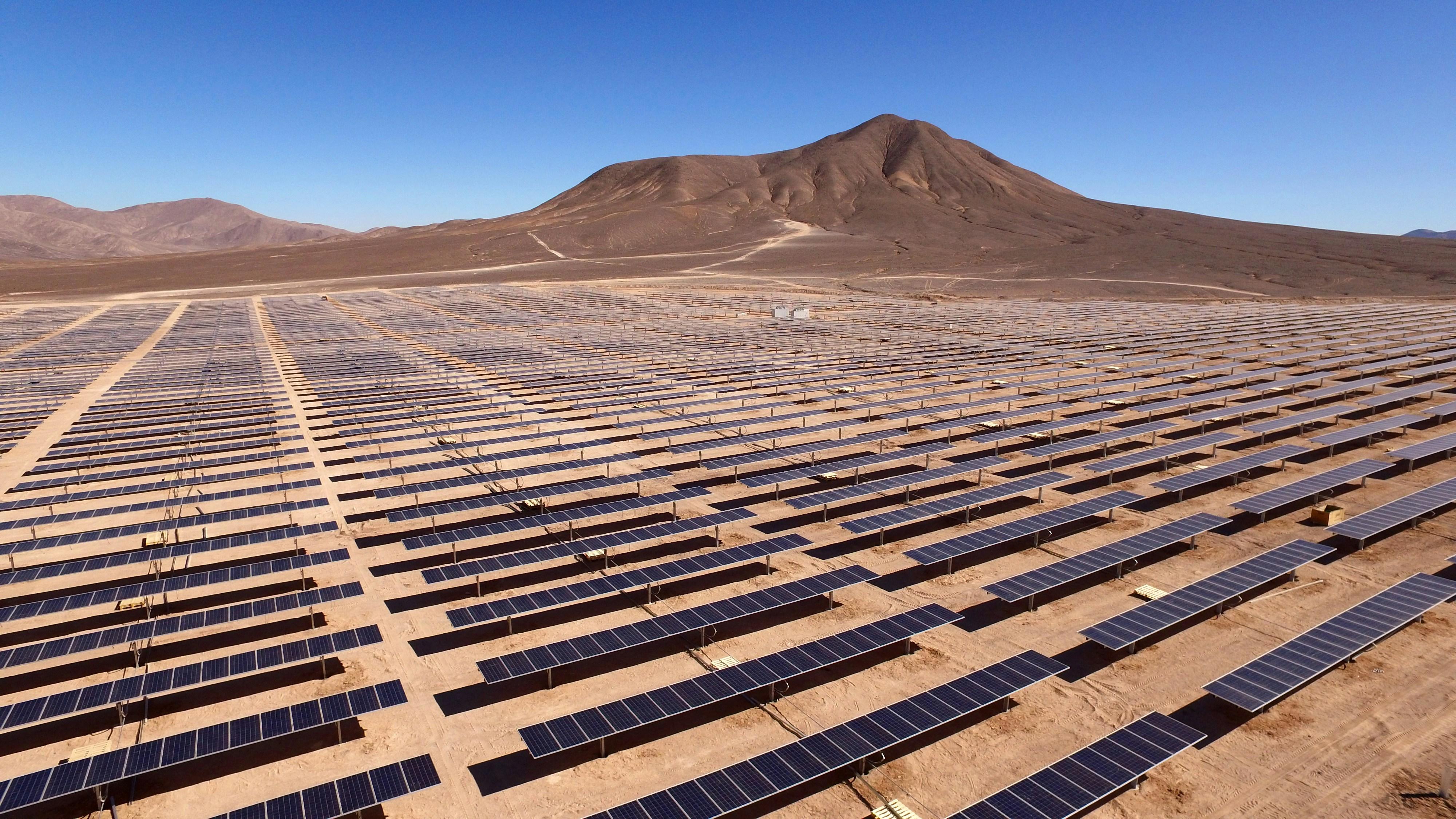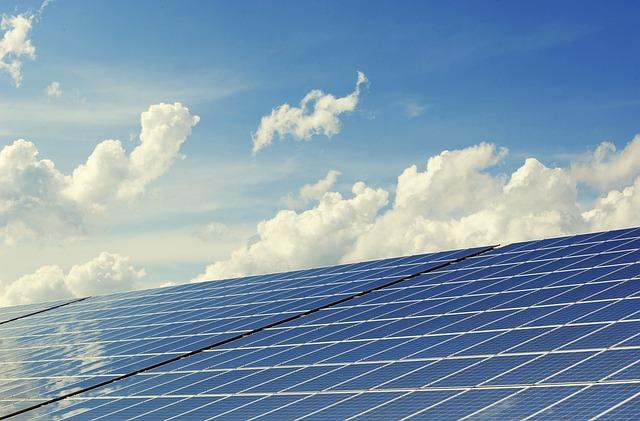In a world increasingly defined by the urgent need for sustainable energy solutions, solar power has emerged as a beacon of hope. Yet, as the sun casts its light across the globe, a pressing question arises: Are the rays of opportunity from solar incentives shining equally on all nations, or do they predominantly illuminate the pathways of wealthier countries? This inquiry delves into the intricate dynamics of global solar incentives, examining whether economic prosperity is a prerequisite for harnessing the sun’s abundant energy. By exploring the disparities and potential imbalances in the distribution of solar benefits, this article seeks to unravel the complex interplay between financial capability and environmental innovation, offering a nuanced perspective on the future of global energy equity.
Exploring the Economic Divide in Solar Incentive Accessibility
When examining the global landscape of solar energy adoption, a striking disparity emerges in how incentives are accessed and utilized across different economic strata. Wealthier nations often have the advantage of robust financial structures that enable them to offer substantial subsidies and tax incentives, encouraging both individuals and businesses to invest in solar technologies. These incentives can take various forms, such as:
- Tax Credits: Direct reductions in the amount of tax owed, making solar installations more financially viable.
- Grants and Rebates: Partial refunds or financial assistance post-installation, significantly lowering upfront costs.
- Feed-in Tariffs: Payments for surplus energy produced and fed back into the grid, offering a steady income stream.
Conversely, in less affluent countries, the economic divide is accentuated by limited access to such comprehensive incentive programs. The hurdles these nations face include inadequate funding, insufficient infrastructure, and a lack of political will to prioritize renewable energy sources. As a result, solar adoption in these regions is often confined to pilot projects or small-scale installations, which do not benefit from economies of scale. This imbalance raises critical questions about the global commitment to equitable energy transitions and highlights the need for more inclusive international support mechanisms.

Unveiling the Impact of Policy Structures on Global Solar Adoption
The intricate tapestry of policy structures across the globe weaves a complex narrative about solar energy adoption. On the surface, solar incentives appear to be a universal catalyst, designed to propel countries towards a sustainable future. However, a deeper dive reveals that these incentives often align more closely with the financial and infrastructural capabilities of wealthier nations. In these countries, robust policy frameworks, significant government funding, and advanced technological infrastructure create fertile ground for solar initiatives to flourish. This is not merely a coincidence but rather a reflection of the strategic alignment of resources that wealthier countries can afford.
Yet, the situation is more nuanced than it seems. Developing nations face unique challenges that can hinder the effective implementation of solar incentives, including:
- Limited access to capital
- Underdeveloped infrastructure
- Policy instability
- Insufficient technological expertise
These barriers can lead to a disparity in solar adoption rates, despite the presence of incentives. As a result, while wealthier countries accelerate their transition to renewable energy, many developing nations remain on the periphery, struggling to harness the full potential of solar energy due to structural and economic constraints.

Analyzing the Role of Infrastructure in Solar Energy Equity
The effectiveness of solar energy incentives is intricately tied to the quality and availability of infrastructure, which often varies significantly between wealthier and less affluent countries. Infrastructure plays a pivotal role in determining how solar energy is accessed and distributed. In wealthier nations, advanced grid systems, robust transportation networks, and state-of-the-art storage facilities enable efficient integration and utilization of solar power. These systems ensure that incentives, such as tax breaks or feed-in tariffs, translate into tangible benefits for consumers and businesses alike.
In contrast, countries with underdeveloped infrastructure face numerous challenges that can hinder the equitable distribution of solar energy benefits. Key issues include:
- Limited access to modern grid systems, making it difficult to connect solar installations to the national power supply.
- Poorly maintained roads and transportation networks, which complicate the delivery and installation of solar technology.
- Lack of advanced storage solutions, leading to inefficiencies in energy use and potential wastage.
Without addressing these infrastructure disparities, solar incentives may inadvertently reinforce existing inequities, primarily benefiting those already equipped to capitalize on them. Thus, for solar energy to truly become a tool for equity, infrastructure development must go hand in hand with policy incentives.
Strategizing Inclusive Policies for Equitable Solar Growth
To ensure that solar energy becomes a truly global asset, it is imperative to devise policies that address disparities between different economic strata and geographical regions. Inclusive solar policies should prioritize accessibility and affordability, focusing on the unique needs of less affluent countries and communities. Such strategies may include:
- Providing financial aid or low-interest loans for solar infrastructure in developing nations.
- Implementing tax incentives and subsidies tailored to lower-income households.
- Promoting technology transfer to enhance local solar capabilities.
- Creating collaborative platforms for knowledge exchange and skill development.
Moreover, integrating community-led initiatives and public-private partnerships can foster a more equitable distribution of solar resources. By embedding local insights into policy frameworks, countries can address specific barriers and create a resilient foundation for sustainable solar growth. These measures not only democratize access to clean energy but also bolster economic development, thereby uplifting communities globally.
Wrapping Up
As we draw the curtain on this exploration of solar incentives and their global reach, it becomes evident that the sun’s energy, though universally available, is harnessed in disparate ways across different economic landscapes. While wealthier nations seem to reap the benefits of advanced solar technologies and robust incentive structures, the question remains whether these advantages can illuminate a path for equitable energy solutions worldwide. As the world pivots toward a greener future, the challenge lies in bridging the gap between potential and accessibility, ensuring that the promise of solar power is not confined to the affluent but shared across all corners of our planet. In the dance between sunlight and shadows, may we find a balance that brightens the horizon for everyone.

































